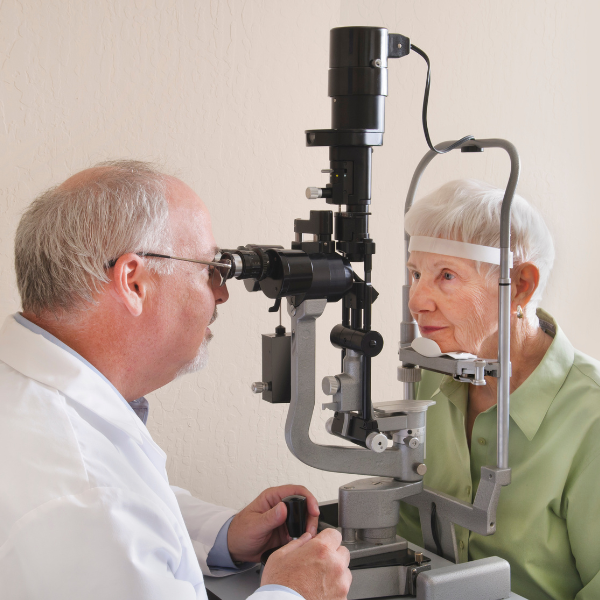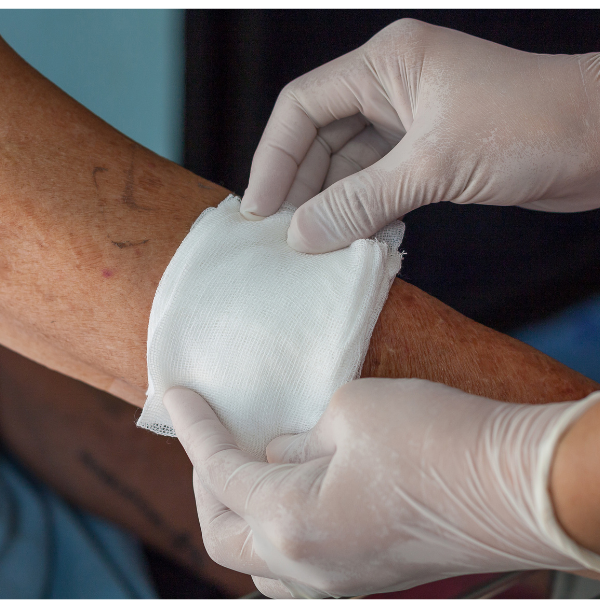Foot ulcers are a common complication of diabetes that can lead to infection and amputation when not properly treated. If you have diabetes, knowing the signs of an early stage diabetic foot ulcer can help you determine whether you need to visit a podiatrist.
Here’s how and why diabetic foot ulcers occur, and the signs that indicate it’s time to see your healthcare provider for treatment.
The Progression Of a Diabetic Foot Ulcer
A diabetic foot ulcer often starts as an acute injury, such as with a cut, blister, or puncture wound on the foot. It may also be caused by repetitive wear and tear on the foot, such as from wearing tight-fitting shoes.
When you have diabetes, your injury will be slow to heal because of high blood sugar. Chronically high blood sugar can lead to diabetes-related complications including neuropathy and retinopathy. These conditions can often make it more difficult for you to feel and see foot wounds when they occur.
Keeping your blood sugar under control and taking medications as directed by your doctor can often help you avoid or reduce your risk for diabetes-related complications — including foot ulcers.
Detecting an Early Stage Diabetic Foot Ulcer
Staying aware of how your feet look, feel, and even smell can drastically reduce the likelihood of a foot ulcer occurring. Below, note the signs of an early stage diabetic foot ulcer.
Swelling
Swelling is one of the earliest signs of a diabetic foot ulcer. Check your feet for swelling every day, as it will usually develop around the wound.
If you experience swelling without a wound, your shoes may not be the proper fit. Many podiatrists offer custom-made orthotics or shoe inserts for people with diabetes that may reduce the risk of a foot ulcer. See your health care provider if your foot is swollen to discuss your treatment options.
Warmth and Redness
A foot ulcer may feel warm to the touch and appear red due to irritation and inflammation. Warmth and redness may also be signs of diabetic neuropathy or nerve damage.
Drainage On Your Socks or Shoes
Inspect your socks and shoes regularly for signs of drainage like pus or blood. Drainage usually indicates that you have an open wound that is leaking fluid. Make an appointment to see your foot doctor or podiatrist immediately if you notice drainage, as this could indicate your ulcer has become infected.
Skin Discoloration
Poor circulation and blood flow to your feet can cause the skin around the ulcer to change color. Look for areas of brown or black tissue on your feet. If your skin looks blue, red, purple, or bronze, the wound may have become gangrenous. See your doctor for treatment to prevent gangrene from leading to amputation.
Fever and Chills
Fever and chills are your body’s way of fighting infection. You may experience these symptoms if you have an ulcer that has become infected.
Blisters, Corns, and Calluses
These foot problems can eventually turn into foot ulcers if they do not heal or go away within an expected timeframe. Consult with your health care provider about the best ways people with diabetes can treat blisters, corns, and calluses.
Athlete’s Foot
Athlete’s foot is a type of fungal infection that can cause the skin on your feet to become dry and cracked. Cracked skin can often leave your feet vulnerable to bacteria, infection, and foot ulcers. There are several treatment options for athlete’s foot — ask your podiatrist or foot doctor about how to resolve this foot condition to avoid a diabetic foot ulcer.
Foul Odor
A bad odor coming from your feet can indicate the presence of a slow-healing wound or gangrene in some cases. The scent can also suggest that you have athlete’s foot, another risk factor for diabetic foot ulcers. If your feet, socks, and shoes are smelly, inspect your feet to see if there are any open wounds accompanying the foul odor, and see your health care provider for additional treatment.
Make an appointment to see your foot doctor or podiatrist if you are experiencing any of the above signs of a diabetic foot ulcer. Early treatment can help you reduce your risk for infection and amputation.





